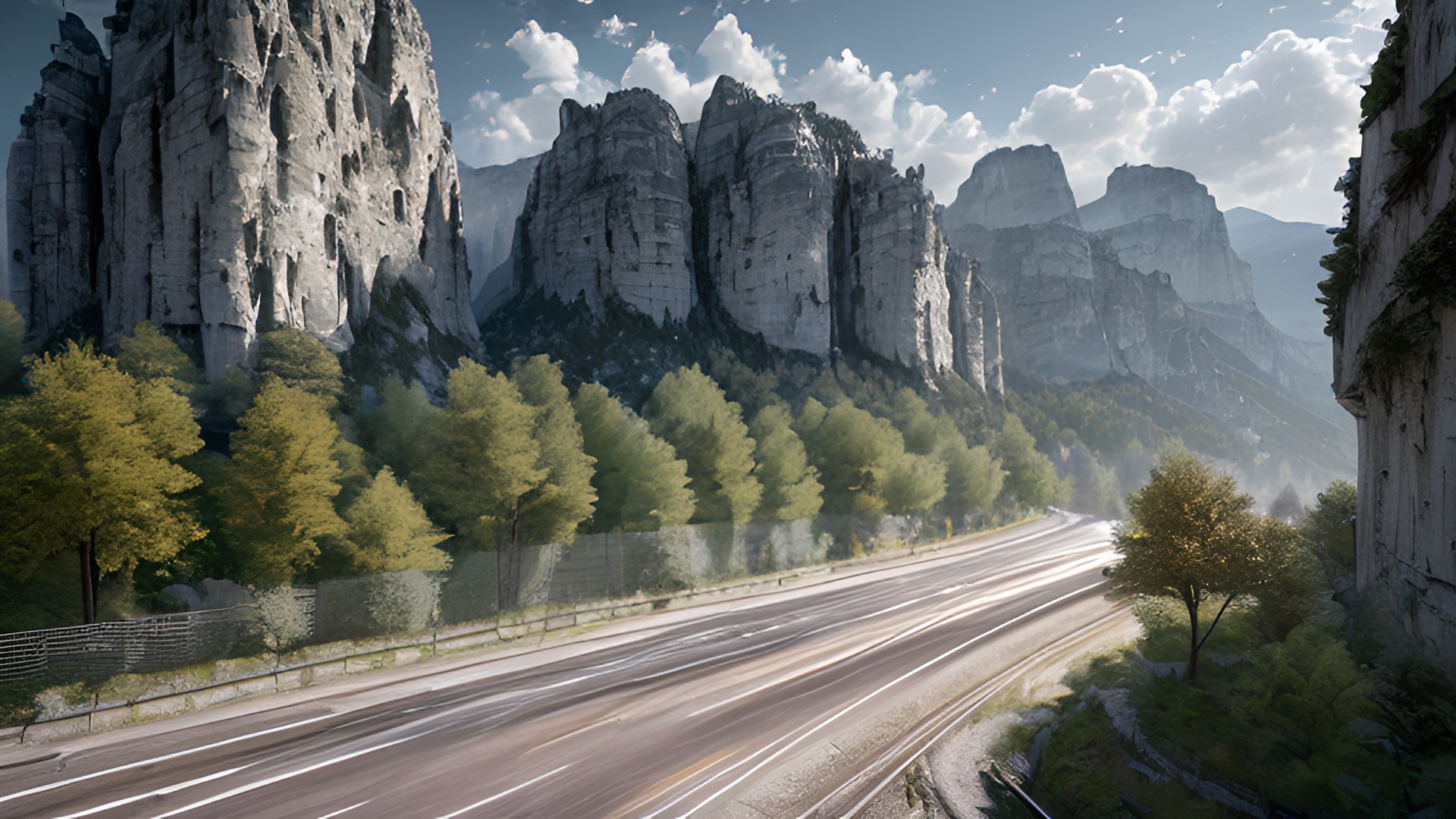The human desire for ever-more realistic visuals dates back centuries, from the cave paintings of Lascaux to the hyperrealism of modern art. In the realm of video games, this pursuit of photorealism has become a holy grail, driving the development of increasingly sophisticated graphics technologies.
Ray Tracing: Simulating the Dance of Light
Ray tracing is a revolutionary lighting technique that simulates the way light behaves in the real world. Unlike traditional rendering methods, which rely on pre-calculated lighting effects, ray tracing traces the path of individual light rays as they bounce off surfaces and interact with objects in the scene. This results in stunningly realistic shadows, reflections, and lighting effects that bring virtual worlds to life.
For example, imagine a sunlit forest in a video game. With traditional rendering, the shadows cast by trees would be flat and lifeless. But with ray tracing, each ray of sunlight would be individually traced as it filters through the leaves, creating intricate shadows that dance and shift as the player moves. Similarly, reflections in puddles or mirrors would no longer be blurry approximations, but sharp and accurate representations of the surrounding environment.

4K Resolution: Seeing Every Detail
4K resolution, with its four times the number of pixels compared to Full HD, offers another significant leap towards photorealism. This increased pixel density allows for incredibly sharp and detailed visuals, making it possible to see individual blades of grass, the intricate patterns on a butterfly’s wings, or the fine lines in a character’s face.
When combined with ray tracing, 4K resolution creates a truly immersive and believable experience. Imagine exploring a sprawling cityscape in a 4K game with ray tracing enabled. The sun-drenched skyscrapers would reflect the bustling streets below, while every window would offer a glimpse into a different story unfolding within. The world would feel tangible, almost touchable, blurring the line between reality and simulation.
The Cutting Edge of Realism: AI, Volumetric Lighting and More
While ray tracing and 4K resolution represent major advancements for video game graphics, they are just the beginning. The quest for photorealism is constantly evolving, with new technologies emerging all the time. Here are some examples of innovations on the horizon:
- Real-time global illumination – Simulates realistic light bounce in real-time
- Volumetric lighting – Creates fog, smoke and other atmospherics
- High-fidelity textures – More detailed, true-to-life textures
- AI automation – Helps automate animation, asset creation and more
These cutting-edge technologies promise to take realism to unprecedented levels in video games. Real-time global illumination and volumetric lighting add new depth and authenticity to environments and atmospherics. Richer textures heighten detail while AI helps automate crafting intricately detailed worlds.
The Challenges of Pursuing Photorealism
The pursuit of photorealism poses significant technical and artistic challenges. Ray tracing and other advanced technologies require powerful hardware, which can make optimal performance difficult, especially on less capable platforms. Additionally, achieving photorealism may not always serve the artistic vision or intended aesthetics of a game.
While some gamers crave the most true-to-life visuals possible, others may prioritize art style over realism. The best graphics are those that serve the game experience rather than merely imitating reality. This requires balancing technical capabilities with artistic goals.

The Exciting Future of Real-Time Graphics
Game graphics have come incredibly far in striving for photorealism, thanks to innovations like ray tracing and 4K resolution. Yet there are even more breakthroughs on the horizon, from real-time global illumination to AI automation. Still, challenges remain in balancing visual splendor with art direction, performance and accessibility.
Ultimately, the future possibilities are incredibly exciting. New technologies promise to keep pushing the boundaries of realism, immersion and spectacle in real-time gaming visuals. It will be enthralling to see just how astonishingly realistic video game graphics can become in the years ahead while also serving core artistic and gameplay priorities.
















Add Comment